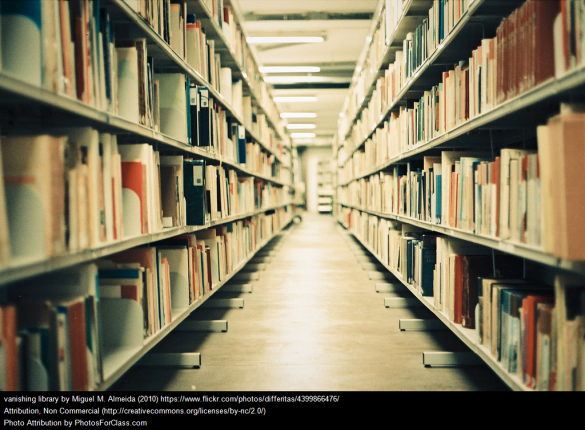![Librarian Signaling Quiet. [Photography]. Retrieved from Encyclopædia Britannica ImageQuest. http://quest.eb.com/images/154_2888635](https://theprivateteacher.files.wordpress.com/2014/06/image.jpg?w=585&h=409)
Librarian Signaling Quiet. [Photography]. Retrieved from Encyclopædia Britannica ImageQuest. http://quest.eb.com/images/154_2888635
Teacher-Librarians are uniquely qualified: we are specialists, we are teachers, we are learners, we are researchers, we are information specialists we are supporters, we are facilitators, we are connectors, we are teachers AND we are readers. We’d love to give you a run-down of what we do everyday, but, in this position, no day is ever the same. We think on our feet, we go where we’re needed and we share what we know, or find what we don’t. Libraries 2.0 don’t just store information, they connect learners with skills, tools and information and, as teacher-librarians, this is what we do. We are the space, we are the library and we’re everything in between.
So how can we help you? Firstly, we like to research. We’re information specialists, so ask us to help you find resources, or show you where to find them. We can teach you and we can teach your students, we’re very friendly and we don’t discriminate. We love books, fiction and non-fiction, ebooks and audio. Ask us to talk about them, recommend one, read one. We’ll build a campfire and make hot chocolate.
We’re quite literate, we love literacies and we love sharing our knowledge of these. Digital literacy, computer literacy, media literacy, information literacy, technology literacy, visual literacy. We have the skills, we have the knowledge. If we don’t, we’ll find out. All you need to do is ask.
We love change, we love mess, we love order. Need a Space? Teacher-centred, student-centred, collaborative, campfire. We’ll make one.
We love to travel. We can come to your class, in fact please ask us. We can share our knowledge, assist you or collaborate with you. The Library 2.0 has no walls. We can tweet you, skype you, call you, blog with you.. We’d love to help you do the same.
We can help you connect. To a professional learning network, to your colleagues, to your family, to your friends. Need help with your privacy settings? We can show you how to set them and check them.
We research. A lot. Pedagogy, technology, trends in education, the lot. Ask us. We love to share. We love to learn.
Some confessions we’ve always wanted to make. Catalogues bore us, we’re not great with contact. Laminating scares us, we don’t sleep on the beanbags, we like noise.. lots of it. We don’t know the history behind book-binding and haven’t memorised the Dewey Decimal system. We make a mess and we eat in the library.. often.
We are Teacher-Librarians in the world of Web 2.0 Library 2.0.

